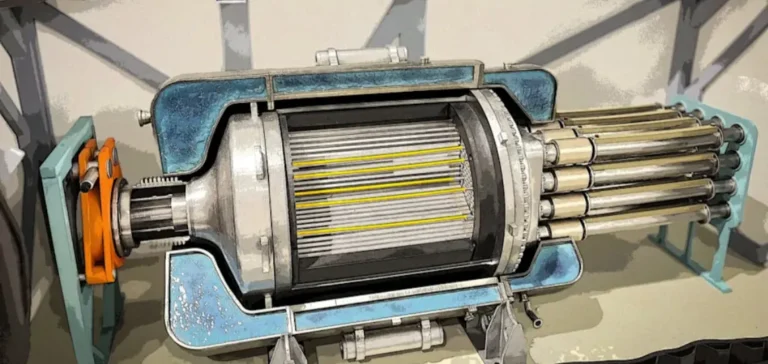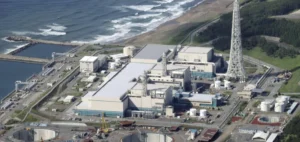The United States Department of the Army has identified nine potential sites for the installation of its first nuclear microreactors under the Janus programme, an initiative designed to secure resilient power supply for key military infrastructure. These sites were selected following a thorough technical evaluation that included energy demand, grid vulnerabilities, and environmental feasibility.
Military bases selected across the country
The shortlisted locations include Fort Benning in Georgia, Fort Bragg in North Carolina, Fort Campbell in Kentucky, Fort Drum in New York, Fort Hood in Texas, Fort Wainwright in Alaska, Holston Army Ammunition Plant in Tennessee, Joint Base Lewis-McChord in Washington, and Redstone Arsenal in Alabama. The Army noted that the final selection may change based on the acquisition process and technical viability.
The Janus programme, initiated in response to Executive Order 14299 signed in May, aims to have at least one microreactor operational on a domestic military site by 30 September 2028. The Department of the Army, designated as the executive agent for this mission, will oversee the entire deployment process.
Contracting model draws from space sector
As part of a formal agreement, the Army is collaborating with the Defense Innovation Unit (DIU) to use its Commercial Solutions Opening (CSO) process to select advanced nuclear technologies. An official Area of Interest notice has been published to gather commercial proposals for deploying microreactors on military installations.
Contracts will follow a milestone-based development model, enabling selected vendors to structure business cases while achieving defined technical goals. The model takes inspiration from the National Aeronautics and Space Administration’s (NASA) Commercial Orbital Transportation Services programme.
Reinforcing energy resilience for military operations
Under the Janus framework, reactors will be commercially owned and operated, with the Army providing technical oversight including support for the uranium fuel cycle and associated supply chains. Lessons from the previous Project Pele, led by the Department of Energy (DOE), will inform reactor design and deployment strategy.
The initiative is intended to secure energy supply for critical military missions. Specific deployment timelines for each site will be announced later, after consultations with local authorities and surrounding communities have been completed.






















